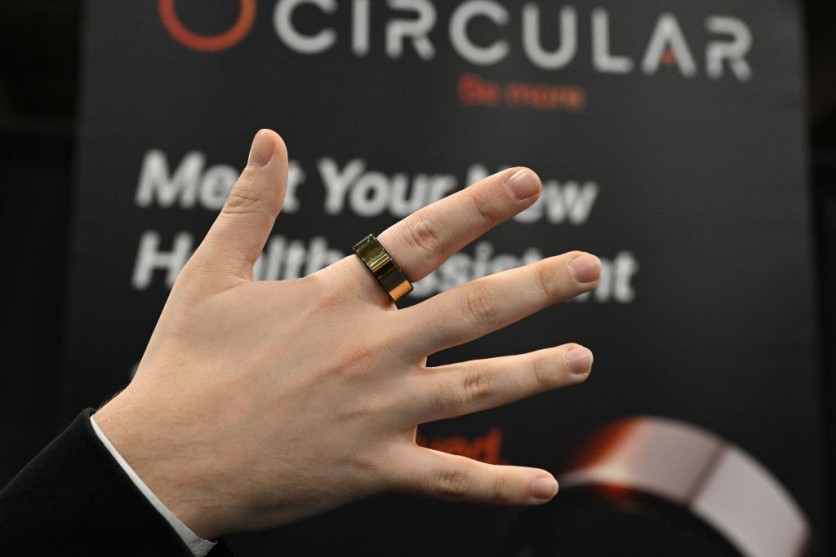Apple's Smart Ring could be a freely-moving wearable that can detect movement gestures such as interlocking and waving hands.
According to the latest patent, the Cupertino giant is betting on "Skin-to-Skin Contact Detection," which can recognize contact signals between the first and second body parts.
At first glance, it could be a unique ring that you can use to play rock-paper-scissors. Once it identifies a specific gesture, the operation will start right away.
New Patent Highlights Apple Smart Ring's Detection Feature

Gone are the days when a simple ring is only used for fashion or as a symbol of marriage or friendship. In this digital age where everything can be electronic, it's not possible anymore to install sensors in this little smart wearable.
Some people think a smart ring can spy on your spouse to see if he/she is faithful or unfaithful to you.
A viral social media post back in February 2023 showed Apple allegedly developing a wedding ring that could detect infidelity. What turns out to be a joke is just a start of a more futuristic approach from a smart ring.
A recent report by AppleInsider says that a new Apple patent is focused on bringing a smart ring with a "Skin-to-Skin Contact Detection" feature.
This feature can allow the wearer to detect body or contact gestures "between a first body part and a second body part."
"This also relates to devices and methods of detecting gestures between a finger of one hand and other body parts (e.g., other fingers or a thumb on the same hand, or the opposing hand) using a device (e.g., a ring) on each of multiple fingers of the same hand, or on fingers of different hands," Apple writes in the newly-grant patent.
The iPhone maker adds that the sense circuitry works by sensing a signal from a device's electrodes. Once the smart ring detects a gesture, it can drive the signals to a drive electrode to another device.
Apple Smart Ring Patent is Like a Virtual Rock-Paper-Scissors Game
The patent shows in one illustration that the Smart Ring shows that an index finger won't make contact with the thumb even though the user presses them with one another.
Another illustration displays how the index finger collides with the thumb. After the two body parts touch, the "sense output signal" will be generated. Thus the two body parts will make and break contact, according to Apple.
The patent also mentioned that the pressures exerted from the two fingers trigger the movement detection of the Smart Ring.
Because it can detect contact movements of two different parts of the body, the action might be similar when we play rock-paper-scissors simulation.
The creator behind the Apple Smart Ring patent is Michael J. Beyhs, who previously helped the company develop a touch- and light-sensitive Apple Watch Digital Crown.
Since we're not yet sure if we're getting this Apple Smart Ring in the future, you can check the current lineup of the best smart rings that can beat Oura, per ZDNEt.
Read Also : Third-Gen Oura Ring To Have Blood Oxygen Sensing-Offering More Efficient Sleep Health, Physiology Monitoring

ⓒ 2025 TECHTIMES.com All rights reserved. Do not reproduce without permission.




